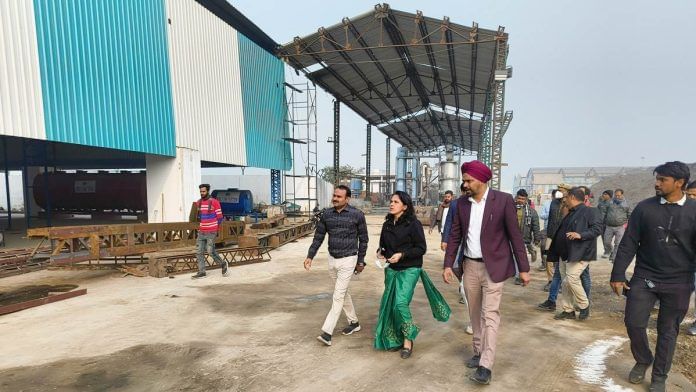Lucknow: Three years ago, when IAS officer Inderjit Singh confronted the task of cleaning up an eight-year-old dumping ground in Lucknow’s Ghaila, his first instinct was to run away.
When he visited the site, the surrounding area was covered with leachate water, and the garbage piles were over 25 metres high. It looked overwhelming. Today, the same land, about 6 km from IIM-Lucknow, has transformed into a real-estate hotspot. Property prices now average Rs 4,900 per sq ft, up 39 per cent from 2021. At the nearby housing project Shalimar Garden Bay, 2-3 BHK apartments and villas are sold for anywhere between Rs 59 lakh and Rs 1.93 crore. Where the dump once stood is a 72-acre park, Rashtriya Prerna Sthal, planted with one lakh trees.
On Mohan Road, meanwhile, the once-festering Shivri dump now houses a state-of-the-art waste-processing plant, allowing Lucknow to declare itself a ‘zero net waste’ city this year. Both the Ghaila and Shivri initiatives played a key role in Lucknow jumping 41 points and being ranked the third cleanest city in Swachh Survekshan 2024-25.
“At the beginning it seemed really difficult and challenging,” said Inderjit Singh, who steered the projects as municipal commissioner and is now posted as the director of the Uttar Pradesh New and Renewable Energy Development Agency (UPNEDA) in Lucknow. “But when it was decided that I had to do it, it was panga le liya to peeche nahi hatna (once you pick a fight, you can’t back out).”
It isn’t a transformation that came easy.
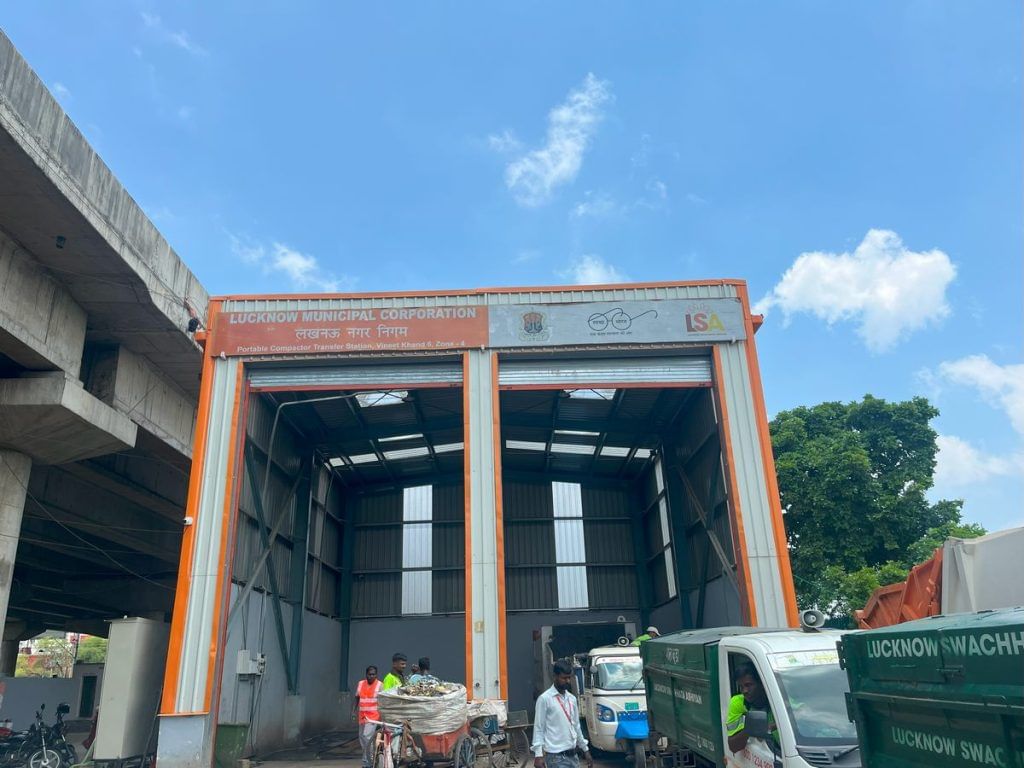
In the last three years, Singh said he didn’t take a single day off, and neither did his team. He made it a personal passion project, working 15-16 hours on average every day, from 6 a.m. Zoom meetings to field visits and evening reports. The garbage mounds that had been piling up for 8-9 years had turned into an urgent health hazard. Residents registered daily complaints, staged protests, and had even petitioned the National Green Tribunal (NGT) twice. For officials, entering these areas had become risky, as angry residents would surround them and demand answers.
Singh and his colleagues did not waste any time. They brainstormed, checked off daily deadlines, coordinated with consulting firms and third-party contractors, and went about getting approvals for proposals to keep the projects moving. Altogether, they cleared 10.5 lakh metric tonnes of waste at Shivri and 8 lakh metric tonnes at Ghaila within three years. Apart from setting up processing plants, they also kicked off recycling projects.
Many thought this was a punishment posting when they heard what we had to work on. But it was apda me avsar (opportunity in disaster). We worked tirelessly, and we are proud to see the result
-Jitendra Verma, sanitary and food inspector
What began as a desperate attempt to flatten mountains of garbage has grown into one of the country’s most ambitious models of circular economy — where waste feeds back into the city as compost, fuel, power, parks. For Lucknow, it’s meant not just cleaner streets but a future built on sustainability.
The impact of this urban cleaning campaign is visible in Lucknow’s parks. Before, in areas like Gomti Nagar and Chowk, they were defined by rusting swings, littered pathways, and casual dumping. Now, UP Darshan Park, touted as the city’s first ‘waste to wonder’ park, boasts replicas of 16 iconic monuments, all carved from 268.5 tonnes of recycled scrap, including Bara Imambara, Ram Mandir, Kashi Vishwanath, and the Taj Mahal.
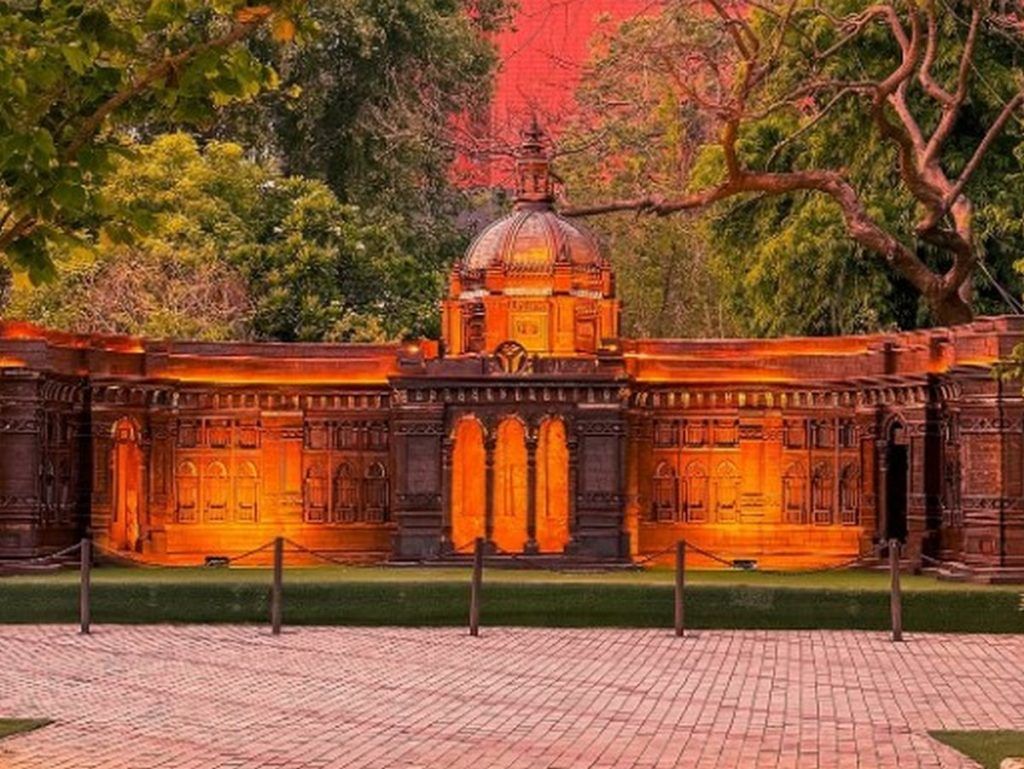
Gautam Buddha Park has been reimagined as ‘Happiness Park’ with playful scrap-art installations, like a sculpture in the shape of a spinning top, and cartoon-character selfie zones. Near IT City, Harmony Park, spread across 12.9 acres, combines fitness, music, and art with 32 sculptures made from 70 tonnes of waste.
Along with these parks came stronger systems to keep the city clean: 1,200 electric vehicles for municipal waste collection, a more robust grievance-redressal mechanism, and campaigns like ‘Clean Street, Green Street’ to encourage behaviour change and prevent open dumping.
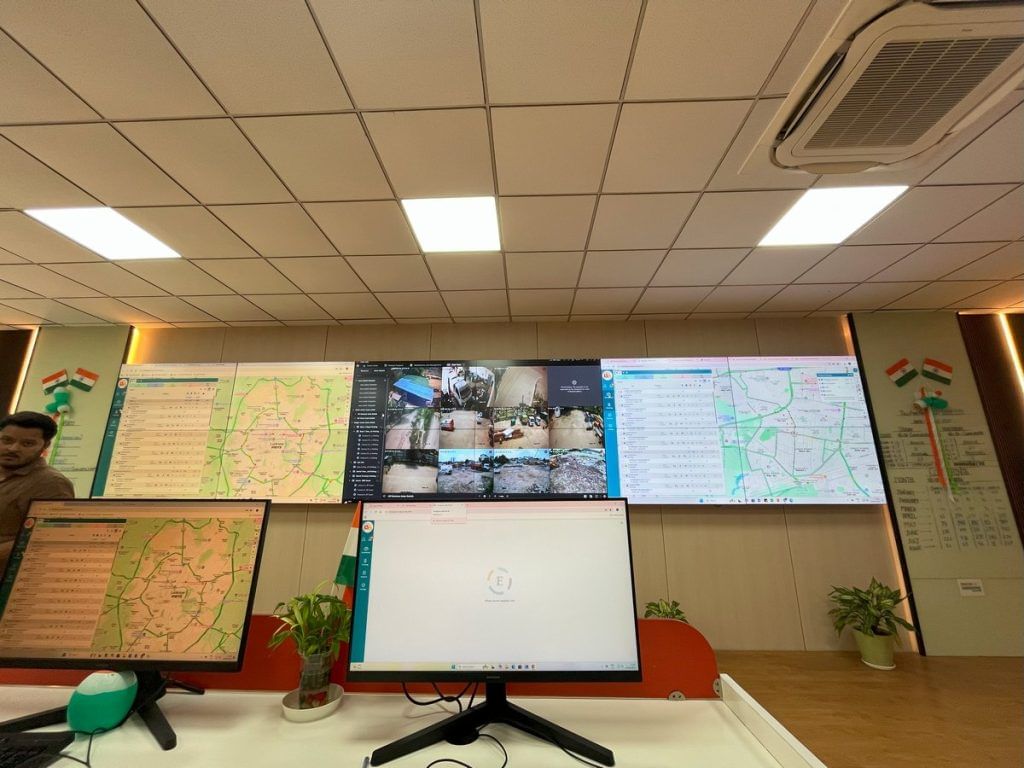
“Lucknow’s entire image has changed. New technologies are being used for garbage collection, vehicle monitoring, complaint resolution, and even CCTV tracking. A lot has happened in these three years to bring the city under one motto: reuse, reproduce, and recycle,” said Shiv Vikram Singh, a consultant working with the Lucknow Municipal Corporation.
Local media reports have described Inderjit Singh as the man “who moved mountains of garbage and cleaned the city”. Industrialist Anand Mahindra cited his work as #MondayMotivation. Many local people call him “kalyug ka Hanuman”.
“Just like Lord Hanuman lifted an entire mountain to bring the Sanjeevani herb, Sardarji lifted not one but two huge mountains. He is the Hanuman of our Kalyug,” said Govind Yadav, a resident of Gomti Nagar.
Also Read: A Tamil IPS officer is transforming sports in Bihar. From shame to pride
Reclaiming garbage ghost towns
When Inderjit Singh took charge as Lucknow Municipal Commissioner in June 2022, he had two mountains to cross. One was Shivri, a 50-acre, 12-metre-high mound made of 20 lakh metric tonnes of garbage. Its overpowering stench could be detected even 200 metres away. This was Lucknow’s own version of Delhi’s notorious Ghazipur, complete with toxic leachate seeping out of the waste.
Then there was Ghaila on the city’s fringes. The dump covered 72 acres, with around 519 households witnessing trash towers rising like concrete blocks and living amid fetid smells, contaminated water, and environmental ruin.
Unlike Ghazipur, however, there was no large-scale political mobilisation around Shivri and Ghaila. They remained ignored until Singh’s arrival, when urgency and action replaced apathy.
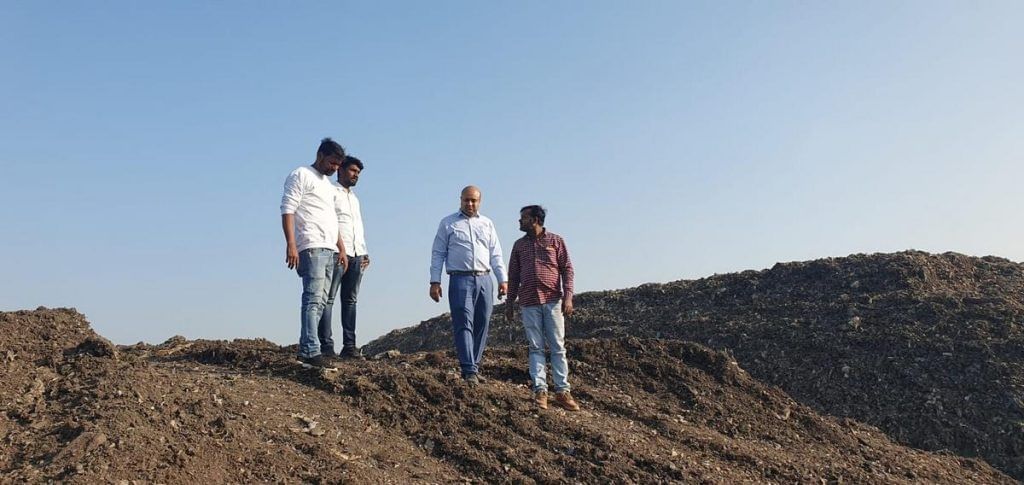
For Singh, the first step was to have a team that would share his passion. Not everything succeeded at the beginning and special training sessions were needed. He eventually put together a 50-member unit of environmental engineers, consultants, sanitary inspectors, and solid waste management experts, along with three institutional partners — IIT Roorkee, NEERI (National Environmental Engineering Research Institute), and CSIR-CBRI (Central Building Research Institute).
“Many thought this was a punishment posting when they heard what we had to work on. But it was apda me avsar (opportunity in disaster). We worked tirelessly, and we are proud to see the result,” said Jitendra Verma, sanitary and food inspector, watching machines processing trash at the Shivri plant.
At the beginning it seemed really difficult and challenging. But when it was decided that I had to do it, it was panga le liya to peeche nahi hatna (once you pick a fight, you can’t back out)
-Inderjit Singh, IAS officer
After visiting the sites, Singh and his team began drafting a proposal. It took one-and-a-half months to get it placed and another few to get it approved. Meanwhile, contractors were roped in to remove the waste quickly. In January 2024, the Lucknow Municipal Corporation scrapped its old contract with Ecogreen and approved a Rs 96.5 crore plan to tackle the decades-old waste mountains. Getting councillors on board, however, was not easy.
“It was very challenging, but we managed to convince them. The proposal asked for Rs 96 crore for establishing the processing plant, manpower, electricity lines and much more,” said Singh.
Back then, the neighbourhoods around both dump sites were ghost towns. Rickshaw drivers avoided them. The Pradhan Mantri Awas buildings nearby remained empty; no one wanted to buy or rent there. The smell was so overpowering that people covered their faces as they passed. Dirty black water flowed into drains. Flies hovered over piles of rotten food mixed with plastic and medical waste.
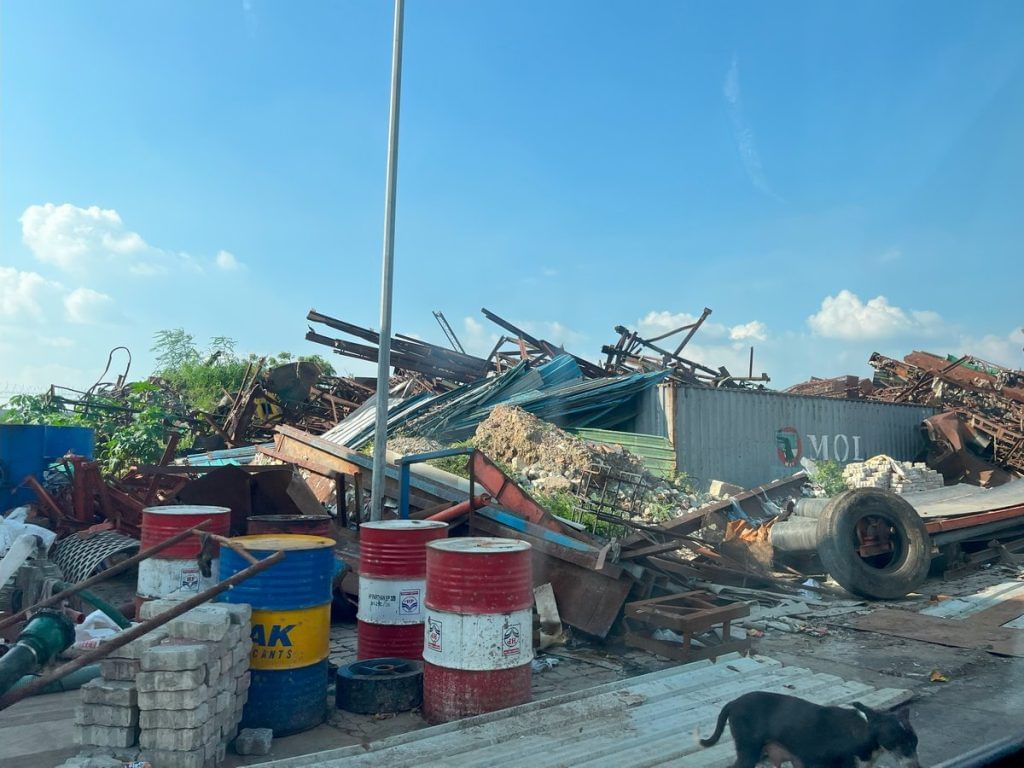
“We had to put bricks on the road just to walk to the plant because leachate had spread everywhere. Our clothes, our bodies, even our cars were covered in it,” recalled Verma.
At Shivri, the first improvements were to basic infrastructure. Roads and sheds had to be repaired just to make the site accessible.
“We began with construction of roads, walls, and later installed a separate electricity line of 3,000 volts. Before that, there was only a 1,000-volt rural line, which supplied the plant for just 10-12 hours a day. We installed high-capacity transformers and generators. This was initially done just to start processing the garbage,” said Dr Arvind Kumar Rao, additional municipal commissioner of Lucknow.
Work finally began at the Shivri plant in March 2024. Using bioremediation, over 18 lakh metric tonnes of legacy waste were processed in seven months, freeing 15 acres of land. Its daily capacity was pushed to 2,100 tonnes early this year. In parallel, new processing facilities were fast-tracked to handle fresh garbage.
In March 2025, Lucknow became Uttar Pradesh’s first zero-dump city, ensuring every kilo of fresh garbage is treated the same day.
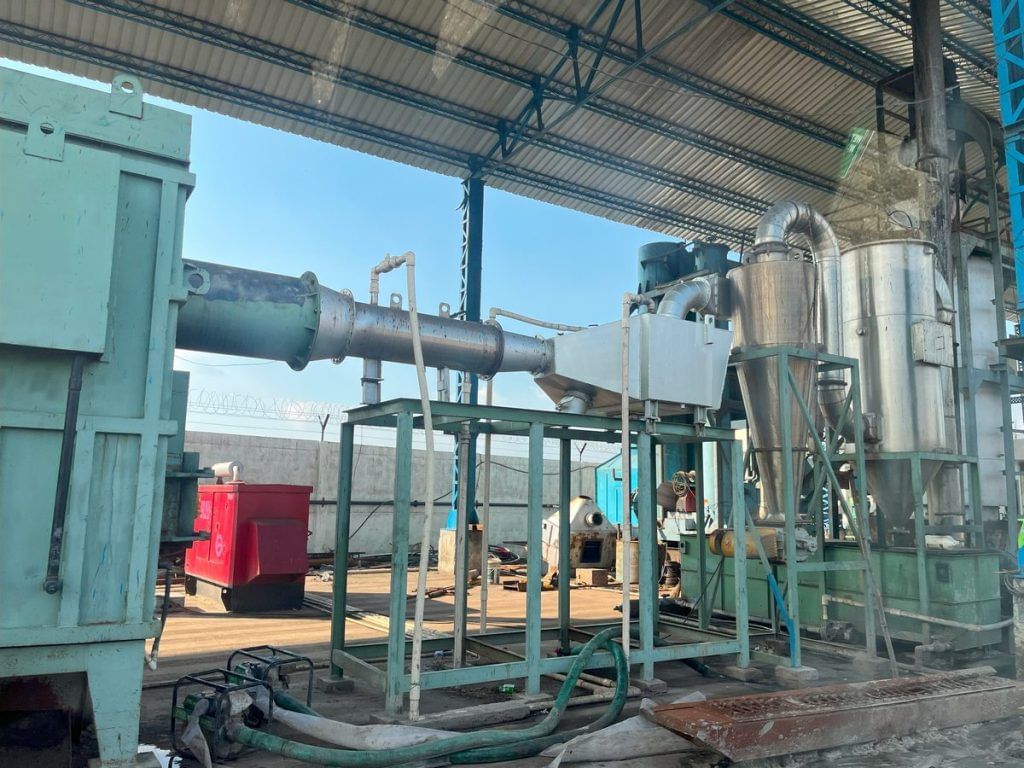
“When we started processing the legacy garbage, space began to open up. That allowed us to set up sheds and a system to process the daily garbage as well — about 800 metric tonnes every day,” said Rao.
So far, 75 per cent of the legacy waste has been cleared. Accountability measures are also in place for agencies and officials. Last month, in Vrindavan Sector 8, Lion Enviro Pvt. Ltd. was fined Rs 1 lakh for poor waste management. In Sunder Nagar, Natkheda Road, and Guru Nanak Nagar, inspectors faced Rs 50,000 fines and even salary deductions. At the plants, CCTVs keep a close eye and the work is monitored from control rooms.
“Everything is being monitored. There are vehicles outside which carry the RDF (refuse-derived fuel), which we can’t process, to different companies. We are associated with 44 such companies who take that waste to sites more than 300 km away,” said Singh.
Dumps to dividends
Mohan Mishra wasn’t a proud homeowner. For years, he dreamed of moving away from his three-bedroom house on Hardoi Road, sick of the view and smells from Ghaila. Now his home’s value has risen, and the view from the balcony is of a new park. He is not going anywhere.
“I never invited any relative or colleague home because there was this huge pile of garbage there. But now they have planted one lakh trees, it’s so green and clean. Three big statues, one of them of Atal Bihari Vajpayee, who is my favourite. I enjoy this view. I am glad I didn’t leave,” said Mishra.
The empty Pradhan Mantri Awas houses in the area are now filling up. Families are moving to this side of the city.
“Earlier there was no business in this area, but now people are calling to buy land here as it’s near the Ring Road, the garbage is gone, and the Rashtriya Prerna Sthal is here,” said Raju, a local property dealer.

A few kilometres away at Shivri, the plant has moved beyond waste processing and into production of other goods. Using construction and demolition waste, it produces paver blocks, bricks, tiles, and sand substitutes.
“We make tiles, pots, side walls from the construction and decomposed waste. And from the biocompost, we pick the coconuts and make different kinds of products from it such as ropes. Every day, two truckloads of coconuts get dumped here,” said Verma.
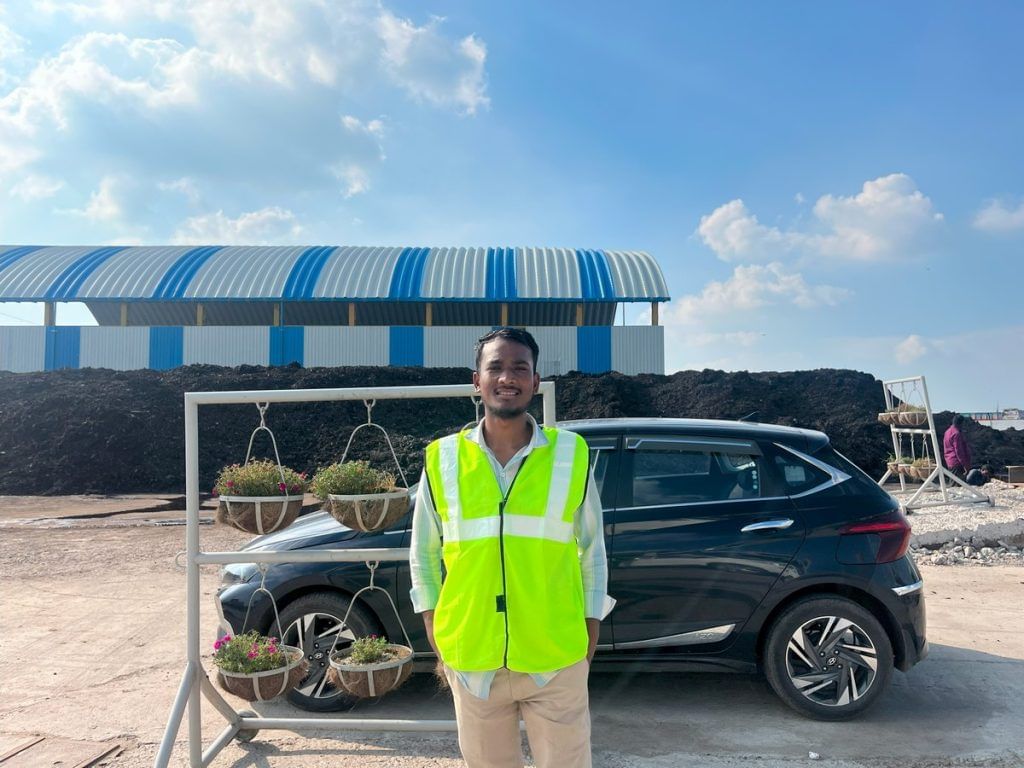
Large quantities of ammonia, compost, and even potting soil are being produced at the facility. Next in line is a Bio-CNG plant with a capacity of processing 300 tonnes per day of wet waste. It will generate around 10 metric tonnes per day of Bio-CNG along with fermented organic manure, mitigating nearly 50,000 tonnes of greenhouse gases annually. With a capital investment of Rs 75-80 crore, the project is expected to boost sustainability and contribute an annual royalty of Rs 74 lakh to the urban local body.
“Construction of the boundary wall and the administration building has started, and we received the Consent to Establish on 2 September 2023. The plant is on track to start commercial operations by January 2026,” said Rao.
The corporation will also get CNG from there.
“We still have some CNG vehicles running, so we will get the CNG at a 5-10 per cent discount from the company that will run the plant,” he added.
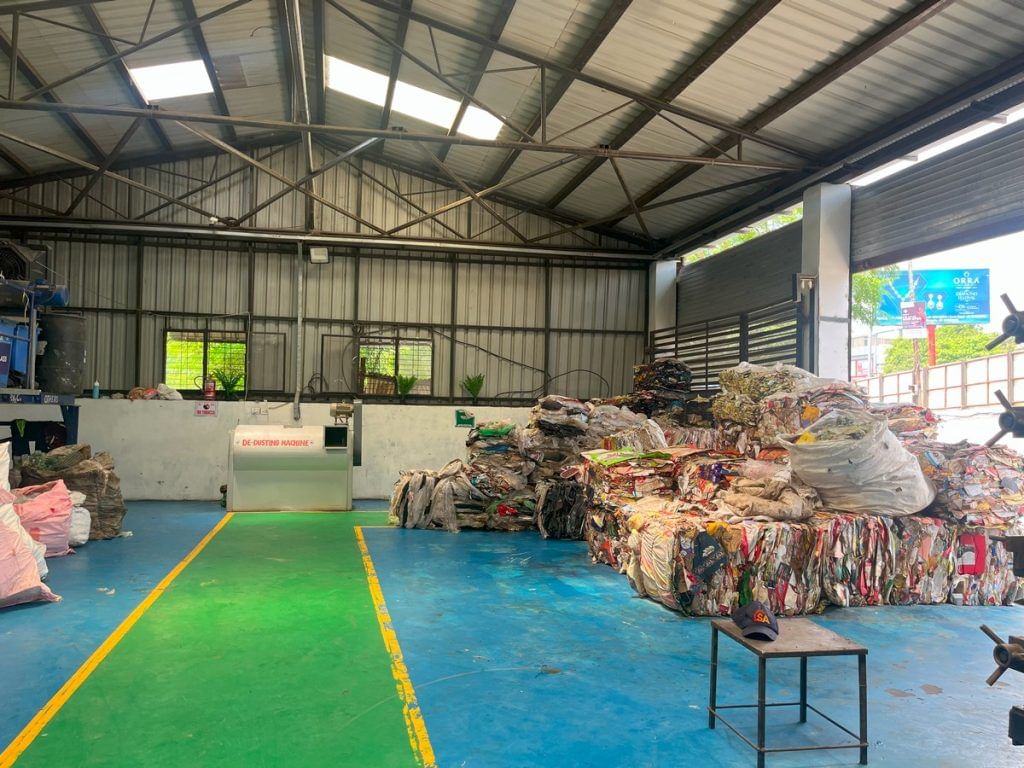
‘Cleanest Galli’ fever
While machines roared on the ground and officers coordinated with different departments, the residents were learning new habits. Drives like “Clean Street, Green Street” and “Adopt-a-Park” nudged them into joining the cleanliness mission.
“People used to throw garbage on the street outside their houses and thought their job was done,” said Anita Verma, a municipal volunteer in Indira Nagar. “Everyone thought cleanliness is only the government’s work.”
Many residents now segregate wet and dry waste and throwing less trash on the roads, according to her.
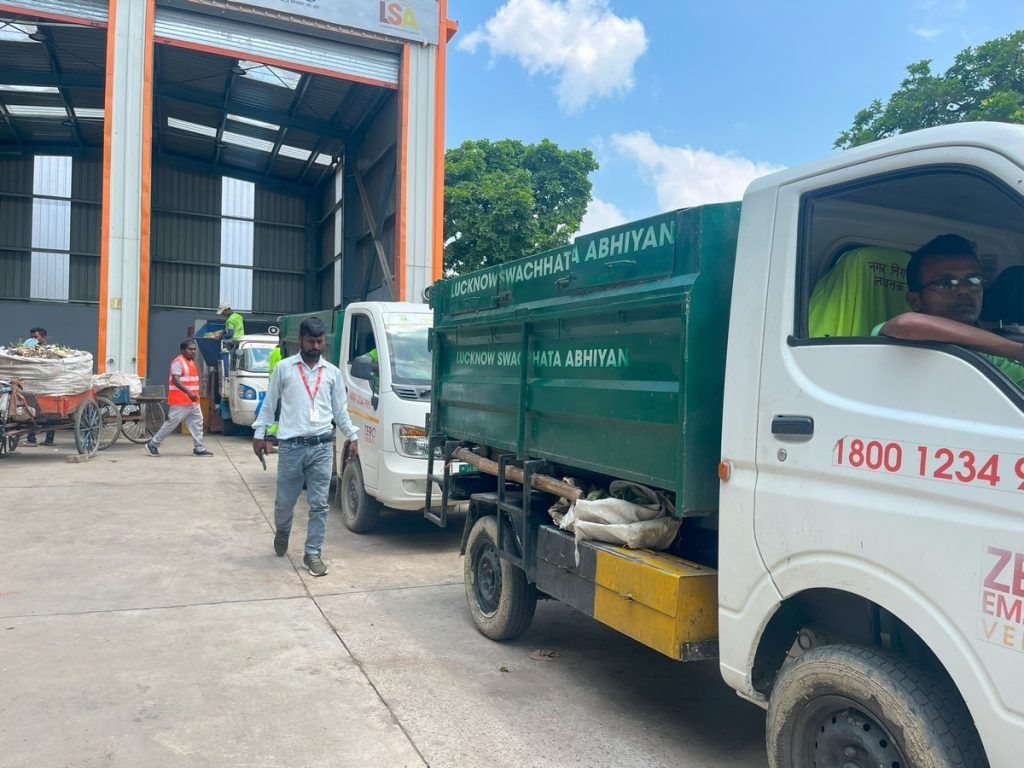
To build awareness, Lucknow youth perform nukkad nataks (street plays) on topics such as how segregating waste helps prevent drains from choking. Schools are organising drawing contests and marches with slogans like Mera Kachra, Meri Zimmedari (My garbage, my responsibility). On Instagram, the Lucknow Municipal Corporation announces the weekly winners of the “Cleanest Galli” contest, with neighbourhoods competing for the title.
Earlier there was no business in this area, but now people are calling to buy land here as it’s near the Ring Road, the garbage is gone, and the Rashtriya Prerna Sthal is here
-Raju, property dealer in the Ghaila area
“It became a matter of pride,” laughed Anita Verma. “Pehle log keh rahe the safai humara kaam nahi, ab kehte the humari gali sabse saaf honi chahiye”— Earlier, people said cleaning isn’t our job, now they say our street must be the cleanest.
Behaviour change wasn’t instant, but these small victories make the transformation more sustainable. As one official put it: “Machines can clear a dump, but people’s habits decide if it stays clean.”
While residents were slowly changing habits, the biggest test was for the officials themselves. At first, many were squeamish about being associated with the garbage dump, but now it’s a source of pride.
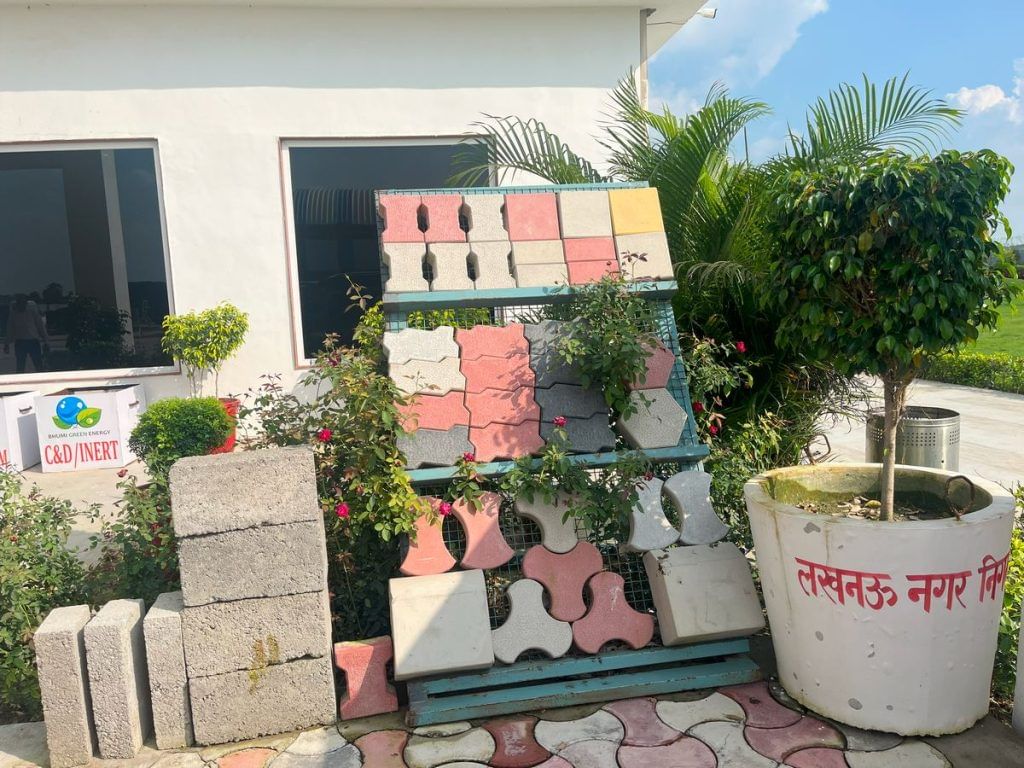
Also Read: Gurugram or Kudagram? Elites are furious over the garbage emergency
The control room
Inside a brightly lit room, a row of six white desks flash with two or more computer screens each. More than ten staffers, dressed in formal clothes, monitor Lucknow’s cleaning drive in real time. GPS maps track garbage trucks, feeds from over 70 CCTV cameras at the Shivri plant play on monitors, and three phone lines for complaints are promptly attended.
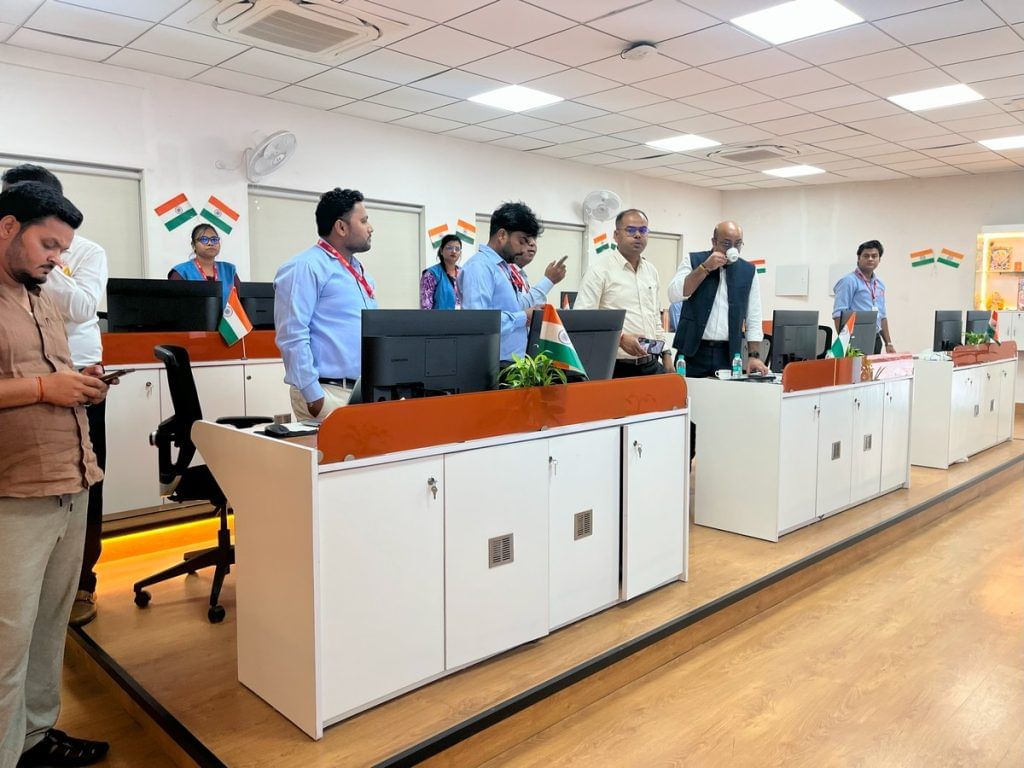
Twenty-four-year-old Pooja receives around 50 calls every day — about garbage left uncollected, pick-up vehicles, or other issues. She immediately notes the problem, address, and administrative zone, then registers it in the system. Each complaint has to be resolved within six hours. A datasheet records everything: complaints, resolutions, and reasons for non-resolution.
“We register the complaint and forward it to the area key person,” said Pooja.
The number of complaints increases during festival days. That’s when the centre also experiences staff shortages. But Pooja said, so far, they haven’t faced any delays.

Lucknow’s waste-management model is now expanding in more ambitious directions. The city has set up multiple dry-waste processing plants where plastic, glass and metal are segregated and reused. Singh’s team has designed a system that links garbage collection, recycling, energy generation and beautification into one cycle. Apart from the Bio-CNG plant, he also sanctioned solar plants for the waste facilities.
Singh’s tenure as municipal commissioner ended last year. He is now special secretary in the Energy Department, director of UPNEDA, and head of UP Renewable and EV Infrastructure Ltd. But he is still connected to his pet project.
“The system he put in place runs almost on automation,” said Jitendra Verma. “It’s his brainchild, and we are only nurturing and growing it.”
(Edited by Asavari Singh)


